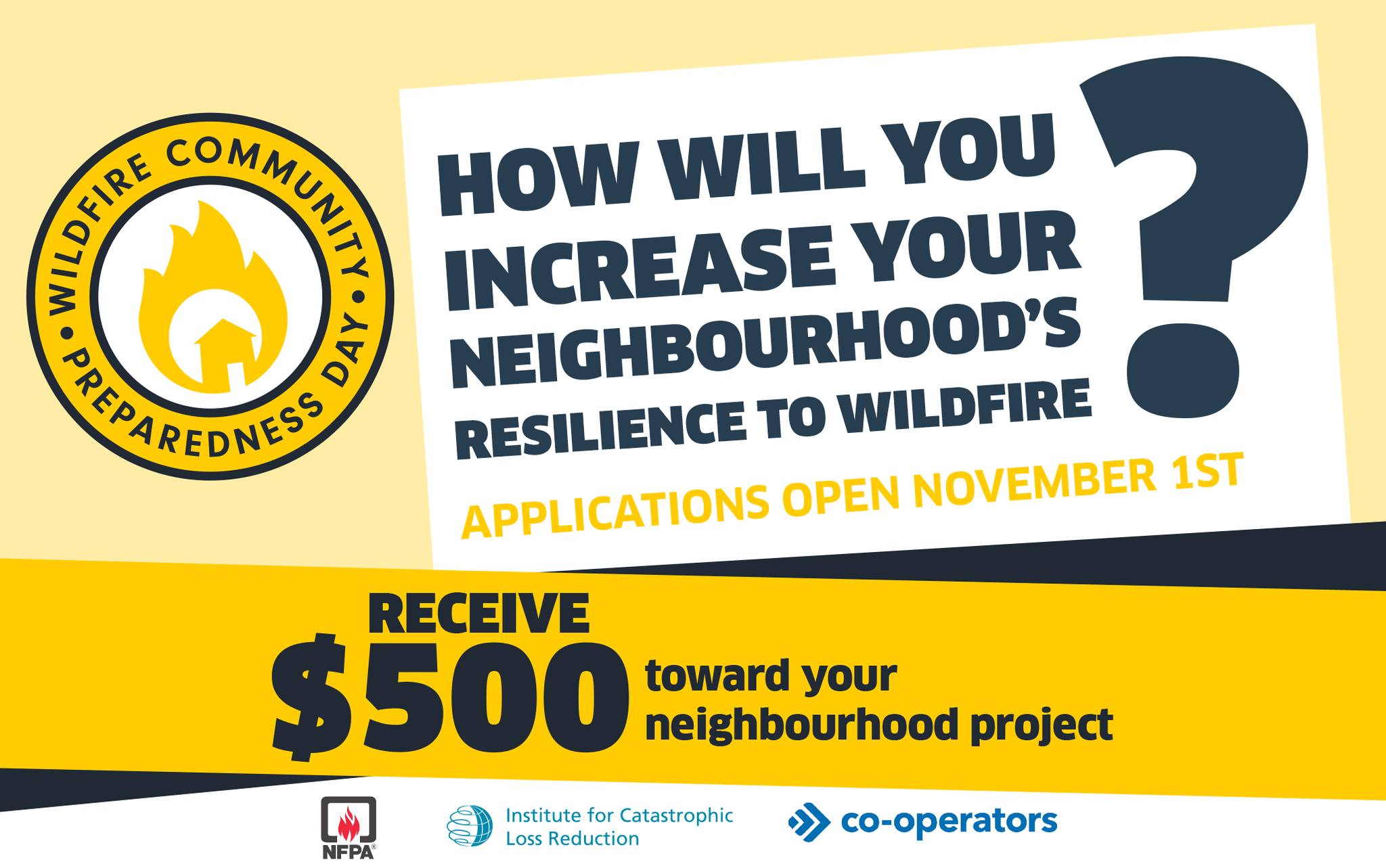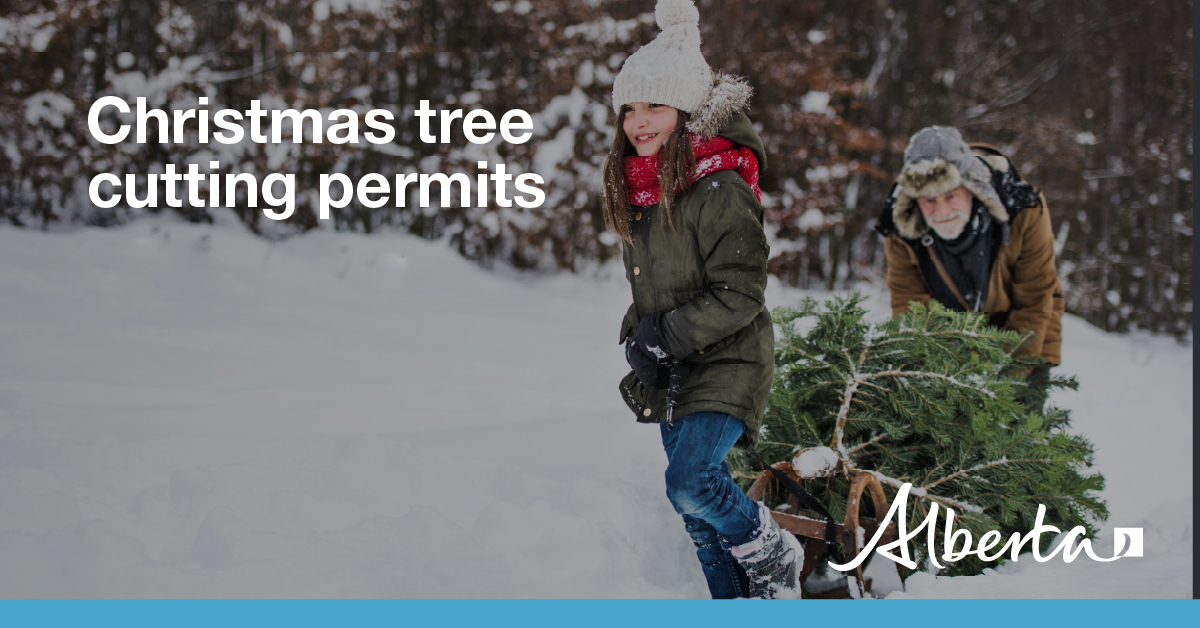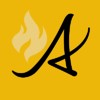

Winter can be a safer time for burning due to the reduced risk of wildfires, but it still requires careful planning and consideration to prevent smoke from negatively impacting surrounding areas.
Understanding Inversions
On particularly cold days, weather events like inversions can cause smoke to stay close to the ground and travel for long distances. An inversion occurs when a layer of warmer air traps cold air beneath it, preventing smoke from dispersing upwards. This can lead to dangerous driving conditions and impact the health of nearby communities due to the accumulation of smoke in the air.
Guidelines for Safe Winter Burns
-
Avoid Burning During Inversions
Do not burn when an inversion is in effect or is forecasted. Inversions trap smoke near the surface, causing air quality issues and safety hazards. -
Consult Local Authorities
Before undertaking large winter burns, especially near communities or roadways, check with local authorities. Ask for guidance on how to manage smoke and minimize the impacts of burning. -
Manage Burns Actively
Carefully monitor and control your burn to minimize the duration and intensity of smoke. The longer the burn lasts, the more smoke it produces, so managing the burn efficiently is crucial. -
Burn in Stages
To adapt to changing weather conditions and reduce the amount of smoke released at once, burn debris in smaller, controlled stages. -
Monitor Weather Conditions
Pay attention to weather forecasts. Lower temperatures and light winds often lead to stronger inversions. The ideal burning conditions typically include temperatures above freezing and winds of at least 5 km/h.
By taking these steps, you can reduce the negative effects of winter burning on air quality and ensure that your burning practices are both effective and safe for the surrounding environment and communities.
For further details, refer to guidelines on brush piles and windrows: safe burning practices.

Try the wildland firefighter fitness test (WFX-Fit) on Friday and Saturday
November 29 & 30, 2024 at the Grande Prairie Forestry Office Warehouse

Applications for the 2025 Wildfire Community Preparedness Day are now open.
The Wildfire Community Preparedness Day encourages communities to host events and projects to raise awareness of wildfire risks and improve resilience. The event is developed by the National Fire Protection Association and takes place from May to October.
Communities can apply for a $500 grant to help plan their FireSmart Preparedness Day event. The grant is offered in partnership with the Institute for Catastrophic Loss Reduction (ICLR), Co-operators, and provincial and territorial wildfire agencies.
To apply for the grant, communities can:
- Think about a project that will help their neighborhood become more FireSmart
- Submit their application and project idea
- Use the Prep Day Toolkit for ideas for community projects and events
More information can be found here. Applications close on January 31, 2025.

TREE CUTTING PERMITS FOR PERSONAL USE
Personal Use Forest Products Permits (PUFPP) are for small-scale personal use only (no resale) for Christmas trees, firewood or transplants. These free permits are available online or in person at your nearest forestry office.
PUFPPs authorize Albertans to cut and removed timber from designated Crown land only. The area-specific PUFPP document must be with you at all times while cutting or transporting trees from Crown land.
Kelly Burke | Wildfire Information Officer
(780) 832-7235
- Alberta Wildfire
- Alberta Fire Bans
- FireSmart in Alberta
- Alberta Emergency Alerts
- Air Quality Health Index
- Wildfire Smoke and Your Health
- 511 Road Reports
- Emergency Preparation
Subscribe to the Grande Prairie Forest Area wildfire update to receive an email when new information is posted.
Phone: 1-866-394-3473



